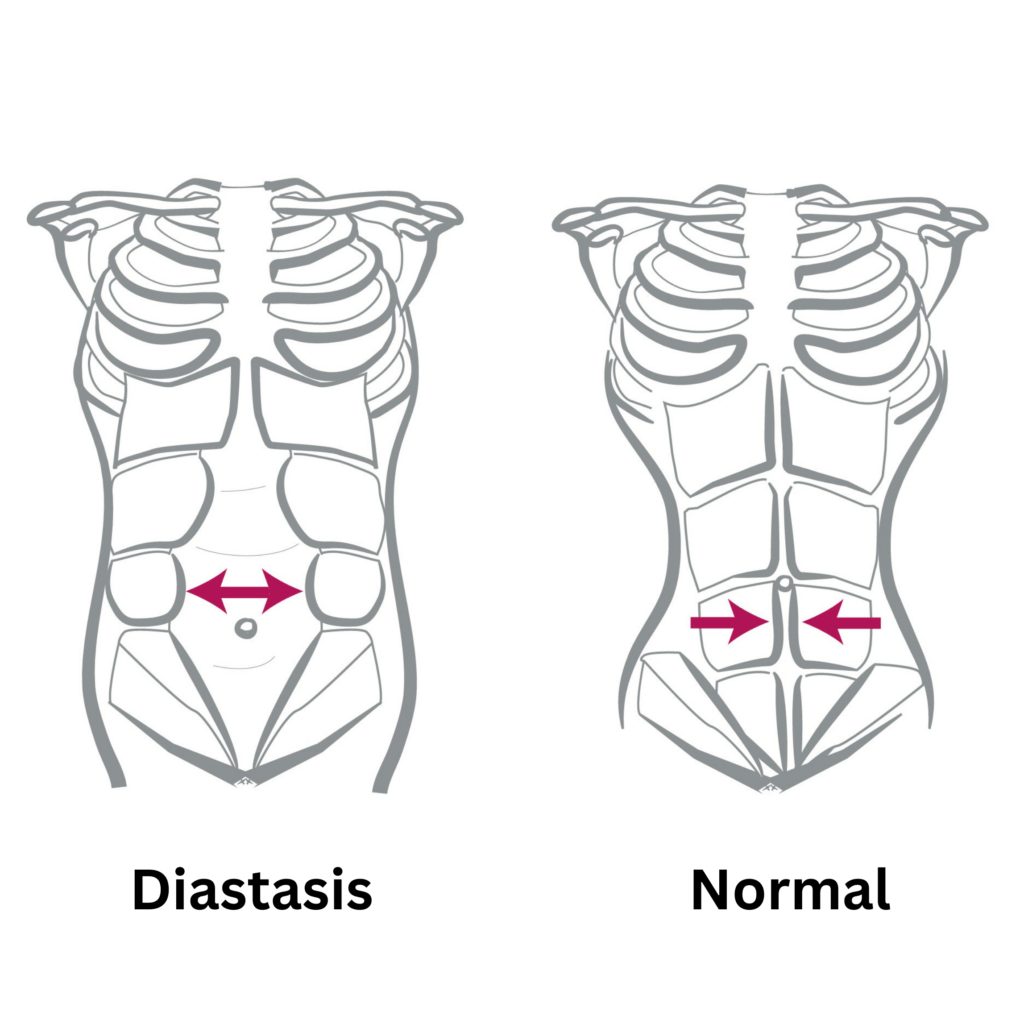Diastasis recti is when the left and right sides of the outermost abdominal muscle become separated. These muscles work to provide support for the back and several organs. Strong rectus abdominal muscles keep the core strong and limber. Fibrous connective tissue, known as the linea alba, connects the recti muscles together. When the muscles separate, the tissue often stretches sideways.








